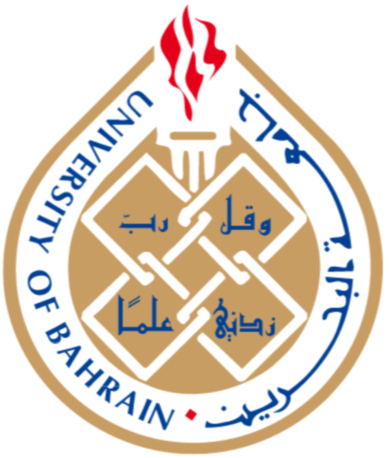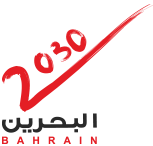NEWS
During the Islamic Architecture and Arts Forum at the College of Engineering at the University of Bahrain Architects discuss the evolution of Islamic art and modern architectural innovations

Sakhir – University of Bahrain (Mansoor Alwanni)
28 November 2024
Participants in the Fourth Islamic Architecture and Arts Forum discussed the stages of evolution in contemporary Islamic art and architecture, blending the art of ancient Islamic architecture with the art of innovative modern architecture, through new applications and techniques.
Dr. Haifa Ebrahim Al-Khalifa, Dean of the College of Engineering, spoke during the opening of the Forum on the importance of the Forum: “The subject of contemporary Islamic art and architecture has been central in recent years.”
She added “We have witnessed the evolution of Islamic art and architecture in response to the rapidly changing world, while respecting the traditions that have long defined these artistic expressions.”
Dr. Haifa Ebrahim Al-Khalifa said regarding the advantages of Islamic architecture: “What distinguishes contemporary Islamic art is not only its involvement in modern technologies but also its ongoing dialogue with Islamic heritage, a space where artists experience abstraction and simplicity, mixed media, while maintaining strong contact with cultural and spiritual roots, For example, the idea of sacred engineering found its place in modern art galleries, engineering patterns are dismantled, reshaped and integrated into digital art, reflecting tradition and innovation “.
The forum – held at the campus’s e-learning center – coincided with the observance of the International Day of Islamic Arts, which takes place on 18 November each year. In 2019, Bahrain submitted a proposal for the designation of the Day for Islamic Arts. The proposal was approved and accepted by the UNESCO General Conference.
Participants in the first interactive session discussed the theme: “Tradition meets innovation”, by presenting the explored designs of contemporary mosques, using images generated by artificial intelligence, contemporary uses of Islamic patterns in design and textiles, documentation and survey of mosques in Bahrain in the twentieth and twenty-first centuries, as well as a student project around a Mahfoudha Al Zayani mosque, where the style of the architectural mosque, its spatial-spatial organization and its cultural importance.
The participants in the second session discussed the theme: “Contemporary innovations in Islamic architecture”, where the dialogue focused on the sensory experience in Islamic architecture, the redesign of the mosque architecture in Bangladesh, the spatial and sociocultural experience of markets, bazaars and commercial complexes in Islamic cities, the intangible dimensions of mosque design, and environmentally friendly interior materials in contemporary mosques. The Forum hosted a number of experts and specialists in the art of Islamic architecture.









